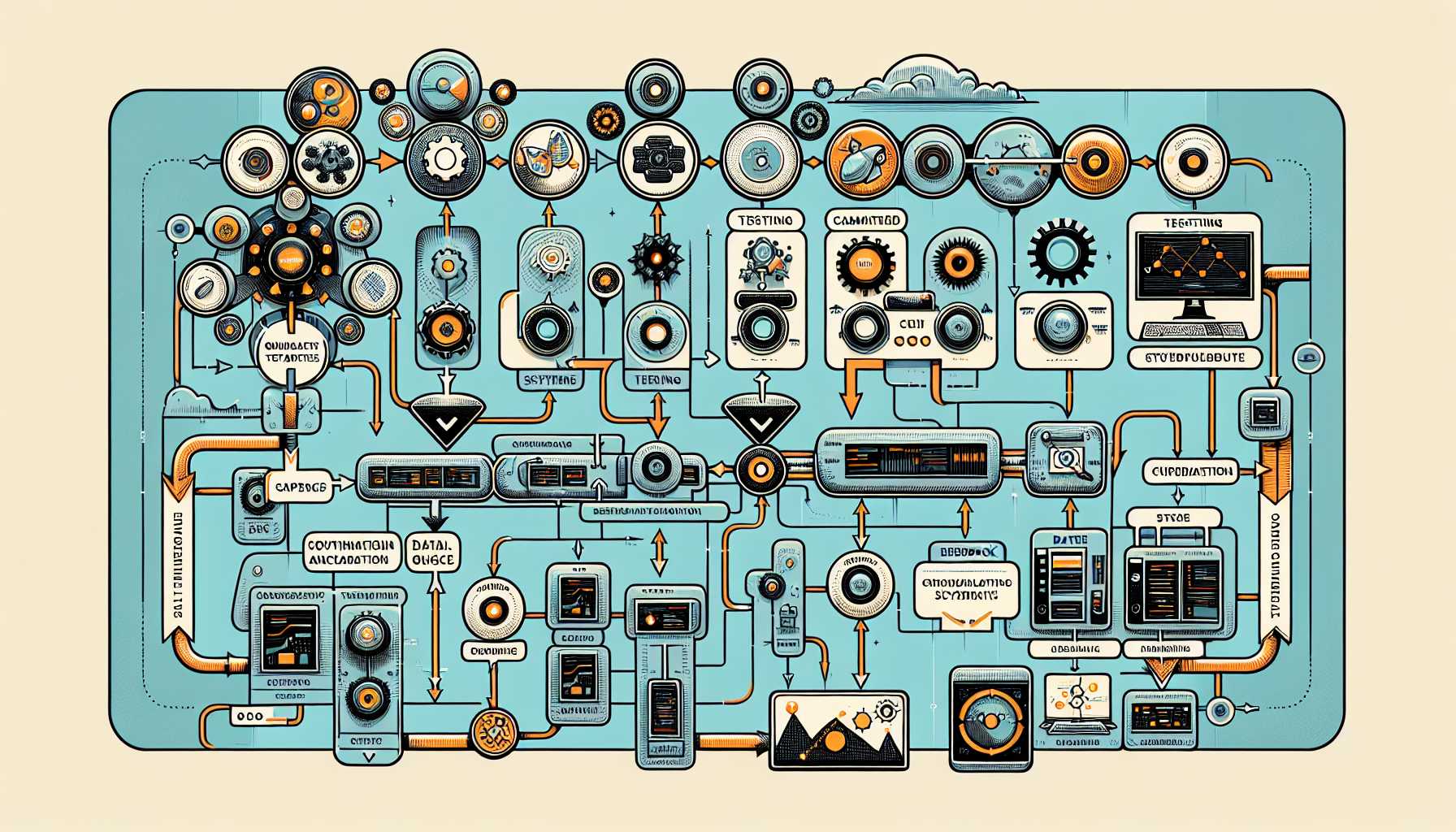Welcome back to our deep dive into the world of product management. As seasoned veterans in the tech industry, we are all too familiar with the high-stakes game of quality assurance. The margin for error is slim, and the cost of failure is steep. Through trials and triumphs in my career, I’ve distilled a set of best practices that I believe are the cornerstone of maintaining and guaranteeing product quality and reliability. So, let’s elevate our QA game together.
The Bedrock of QA: Culture and Frameworks
Quality should never be an afterthought. It is an integral part of the product lifecycle and it must permeate the culture of the entire organization. I learned early on that quality assurance is not just the responsibility of a single team; it’s a mindset that all stakeholders, from developers to executives, must embrace.
Creating a quality-driven culture starts with leadership. In one of my previous roles as a Product Lead, I spearheaded a shift in mindset by implementing clear quality objectives aligned with our company values and performance metrics. We incorporated quality discussions into every product meeting to ensure it remained a focal point throughout development. This cultural shift led to the development of a Quality Assurance Framework, which became the backbone of our process.
Integrating Quality Assurance into the Product Lifecycle
To prevent quality issues from sneaking into the product, we integrated QA practices throughout the entire product lifecycle. This meant:
- Embedding QA in the ideation phase to identify potential pitfalls early on
- Fostering a strong relationship between development and QA teams to improve collaboration
- Implementing rigorous acceptance criteria and definition of done, ensuring each completed task met our quality standards before moving on
Leveraging Automated Testing and Continuous Integration
I cannot overstate the importance of automated testing and continuous integration (CI). They are powerful tools that help maintain high-quality standards efficiently. At one company, we developed a robust suite of automated tests that covered not only functional aspects but also performance and security. By integrating these tests into our CI pipeline, we ensured that any commit that did not meet our quality standards was immediately flagged, maintaining a clean and reliable codebase.
Data-Driven Quality Improvement
Your product is speaking to you through data; you just need to listen. Data-driven decision-making was a game-changer for us. We leveraged product analytics, bug tracking, and user feedback to continuously improve our products. For instance, a spike in a certain category of bugs would trigger a root-cause analysis workshop, leading to process improvements or the introduction of new test scenarios. It is this actionable intelligence that enabled us to boost our quality metrics substantially.
Continuous Learning and Improvement
Quality assurance is an evolving discipline. Keeping skills sharp and up to date is non-negotiable. I encouraged my teams to engage in continuous learning by providing access to training and conferences and fostering a culture of knowledge sharing. The result? An invigorated team that pushed the boundaries of what we thought was possible in QA.
Supplier and Third-Party Vendor Management
As products become more complex, the number of suppliers and third-party vendors increases. Managing these relationships is critical for maintaining product quality. In my past projects, conducting regular alignment sessions and audits with our suppliers helped ensure they met our quality expectations and could react quickly to any issues that arose.
Communication: The Glue That Binds Quality Together
Last but not least, communication is the lifeblood of effective quality assurance. In my experience, establishing regular communication channels and clear escalation paths resolved potential quality risks before they became showstoppers.
I hope these insights ignite a passion for quality in your product management journey. Quality isn’t a box to check off; it’s a relentless pursuit, and when managed correctly, it pays dividends in product longevity, brand reputation, and customer satisfaction.
Remember:
- Build a culture of quality from the top down
- Integrate quality assurance throughout the product lifecycle
- Embrace automation and data-driven decisions
- Invest in continuous learning and relationship management
- Never compromise on communication
Now, let’s take a brief pause from the text and visualize the core structure of an efficient quality assurance system within the tech industry with our first image.

Final Thoughts
In conclusion, managing product quality assurance is not just a responsibility—it’s an art and a science. The best practices I’ve shared today have been tested in the crucible of my career and have emerged as the pillars of high-quality product management.
You have the knowledge, now go forth and create products that are not just good, but great. Tune in for more insights and discussions on all things product management. Until next time, keep raising the bar on quality!
